The return of the Cheonggyecheon river is one of the most inspiring restoration projects in our modern urban history. The cost of its transformation was a mere $281 million, a bargain for the economic, social and environmental benefits gained. Why then is this type of urban restoration project, which combines nature-based solutions with classic engineering, still relatively rare?
One reason is a lack of ecological awareness among those making decisions on the future shape and structure of cities.
The key to greening cities
Climate change-induced flooding and severe heatwaves already disproportionately affect urban and peri-urban areas. By 2050, climate change is likely to place at least 570 coastal cities and over 800 million people at risk from sea level rise and storm surges. The UN estimates that global economic damages of climate change under an “optimistic” 1.5-degree scenario will reach $54 trillion by the end of century, with much of this impact in cities.
Anticipating change now and making design decisions that build resilience into urban environments could help us cope better with climate shocks and help cities recover more quickly.
For a new wave of nature-based design solutions to be successful however, a fundamental rethink about how we perceive the physical form of cities is needed. All cities have traces - some more, some less - of the underlying natural ecosystem on which they were built. No city is truly separate or distinct from the geology, soils, water and natural habitats on which it was built. This is too often forgotten but is key to the ‘greening’ of cities.
Sculptors use the term armature for the framework around which a sculpture is moulded. For a city, its armature is its underlying ecosystem. An understanding of this armature is critical to making more informed decisions on how best to build urban resilience, improve human well-being and create prosperity.
All cities have traces - some more, some less - of the underlying natural ecosystem on which they were built. No city is truly separate or distinct from the geology, soils, water and natural habitats on which it was built.
Towards a new ecological urbanism
In 2018, my colleague Ed Taylor and I looked into the relationship between the built and natural environment in cities with a view to defining some core principles of ‘ecological urbanism’. Our idea was that if an ecologist and an architect (Ed is the architect) could fuse together some empirically-based principles around what, on the one hand, makes a functional ecosystem, and on the other hand, a great urban neighbourhood, we might then be able to apply these principles in a very practical way to the urban sustainability challenge.
Environmentalists generally want bigger and more natural greenspaces, fewer cars and less pollution entering urban rivers. Meanwhile, planners, architects and urban designers are calling for inspiring buildings, more and better housing and amenities and more efficient transport solutions. Add to these the various demands from road engineers, water engineers, community interest groups, emergency services and varied business interests and the trade-offs soon become difficult to untangle.
Codifying all these competing needs into a list of infallible design solutions for each situation is probably not possible – but Ed and I attempted to at least codify a framework within which design decisions could be made. Urban ecosystems are comprised of different components from the micro (individual street trees or small gardens, for example) to the macro levels (such as large river corridors or major semi-natural parks). These different components can, if well designed, link together to form a connected system.
Aside from the sheer volume of greenspace, there are three key ecological principles that determine the degree to which urban ecosystems function effectively and, by extension, support the health, wellbeing and related benefits for people:
- Degree of connectivity – the extent to which large and small green-blue spaces and freshwater systems are joined up, physically and functionally
- Degree of naturalness – how close the flora, fauna, soils and freshwater systems are to what was there before the city was built
- Degree of structural diversity – the structural complexity and variety of the flora, fauna, soils and freshwater systems present
But what of the built dimension of ‘ecological urbanism’? Ed and I began to realise that these three ecological principles had neat parallels, or coequals, when applied to the grey infrastructure components of the city. When flipping from green to grey, proven ecological principles become well-established urbanism principles. So:
- Degree of connected sustainable transport networks equates with connectivity
- Degree of locally adapted design styles and building materials equates with naturalness
- Degree of vibrant, medium density, mixed-use neighbourhoods equates with structural diversity


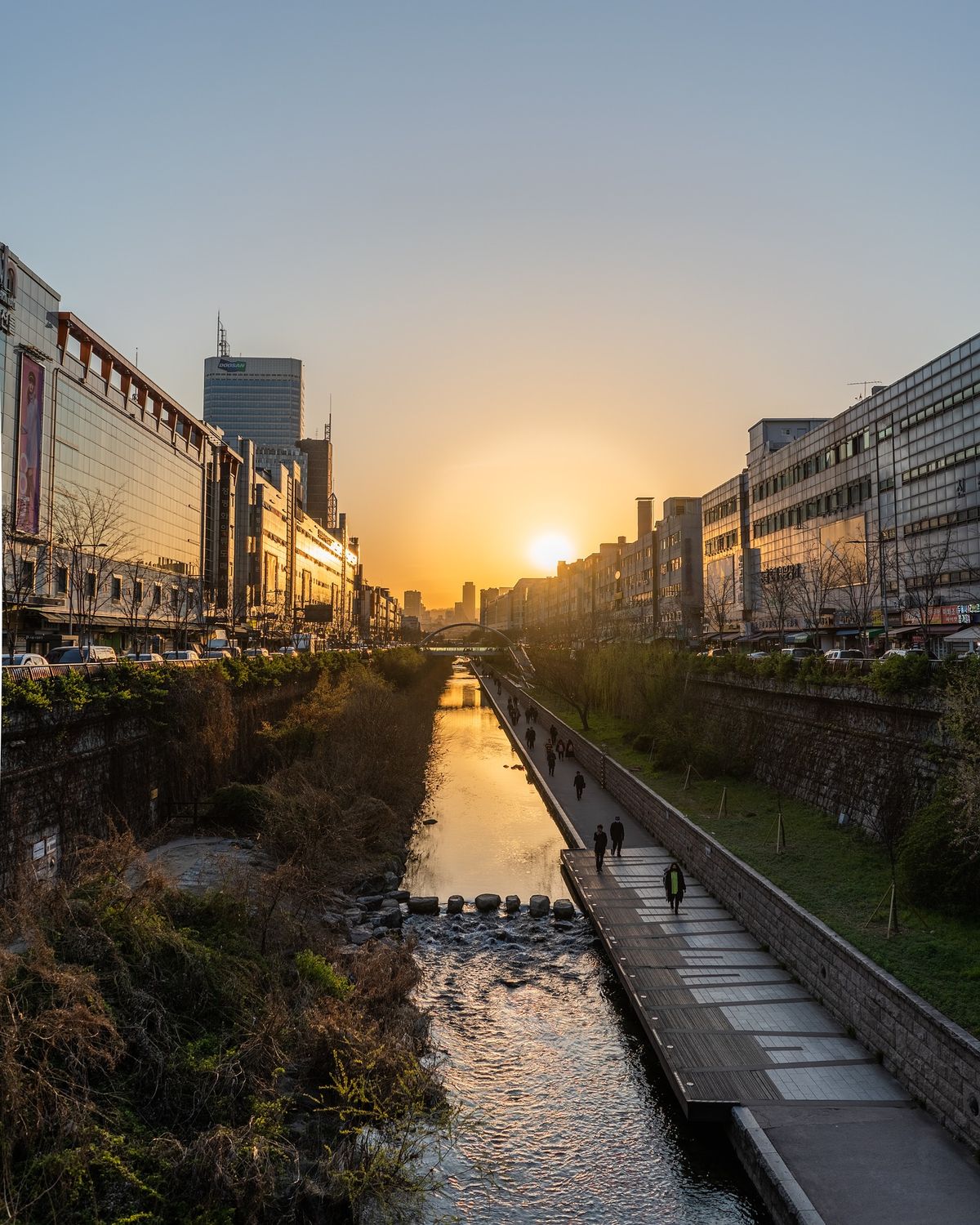
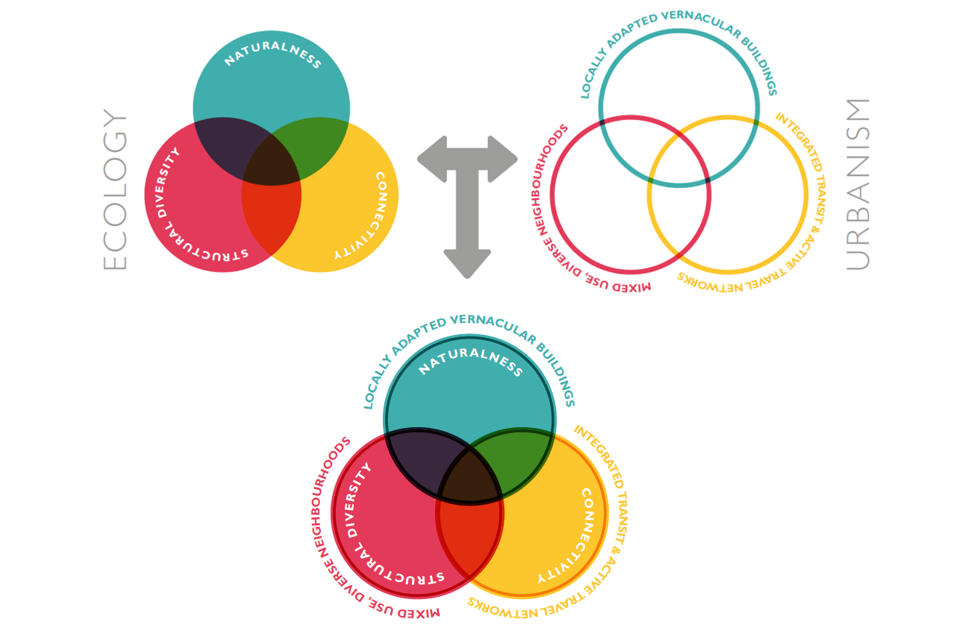
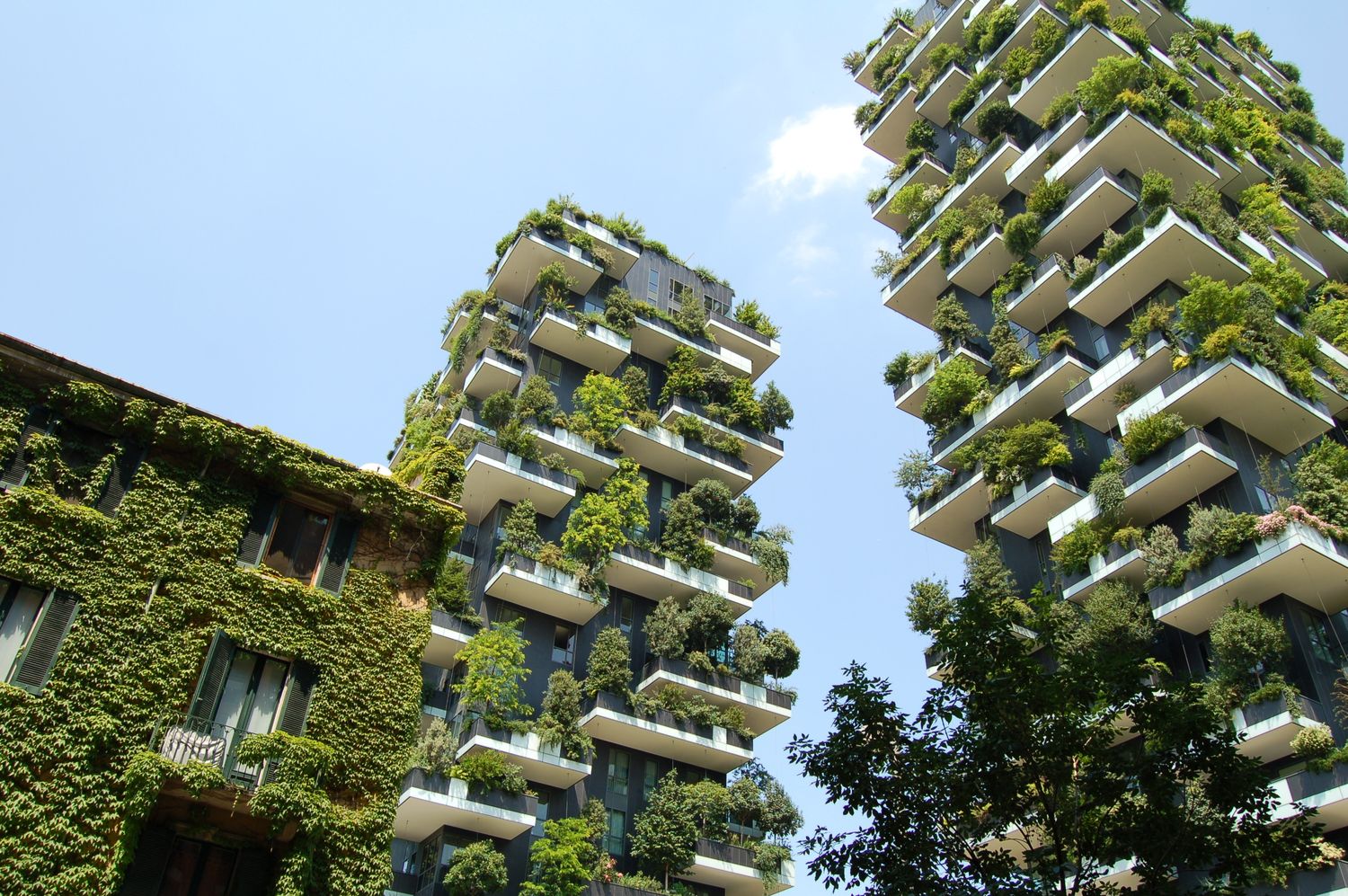
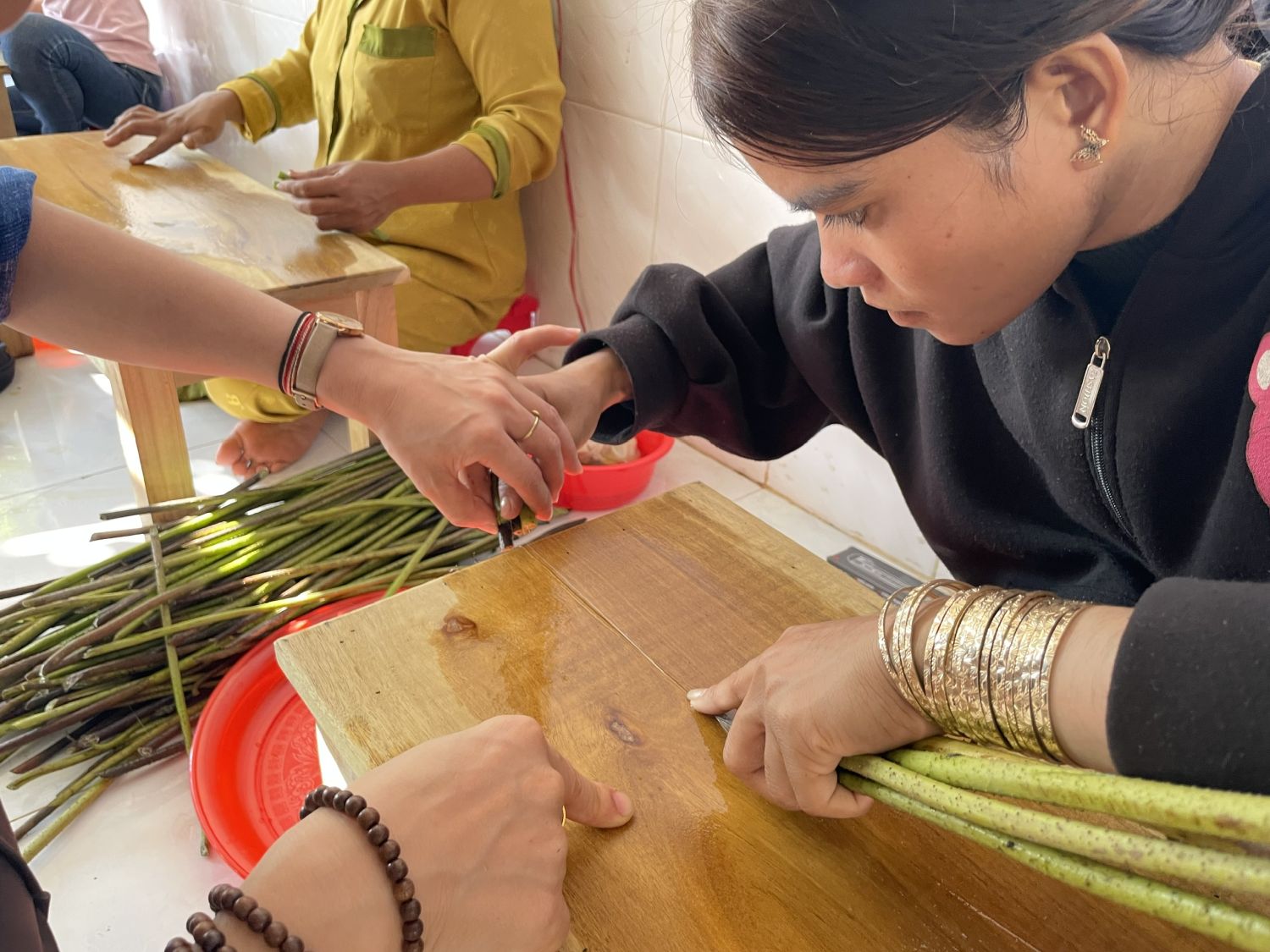
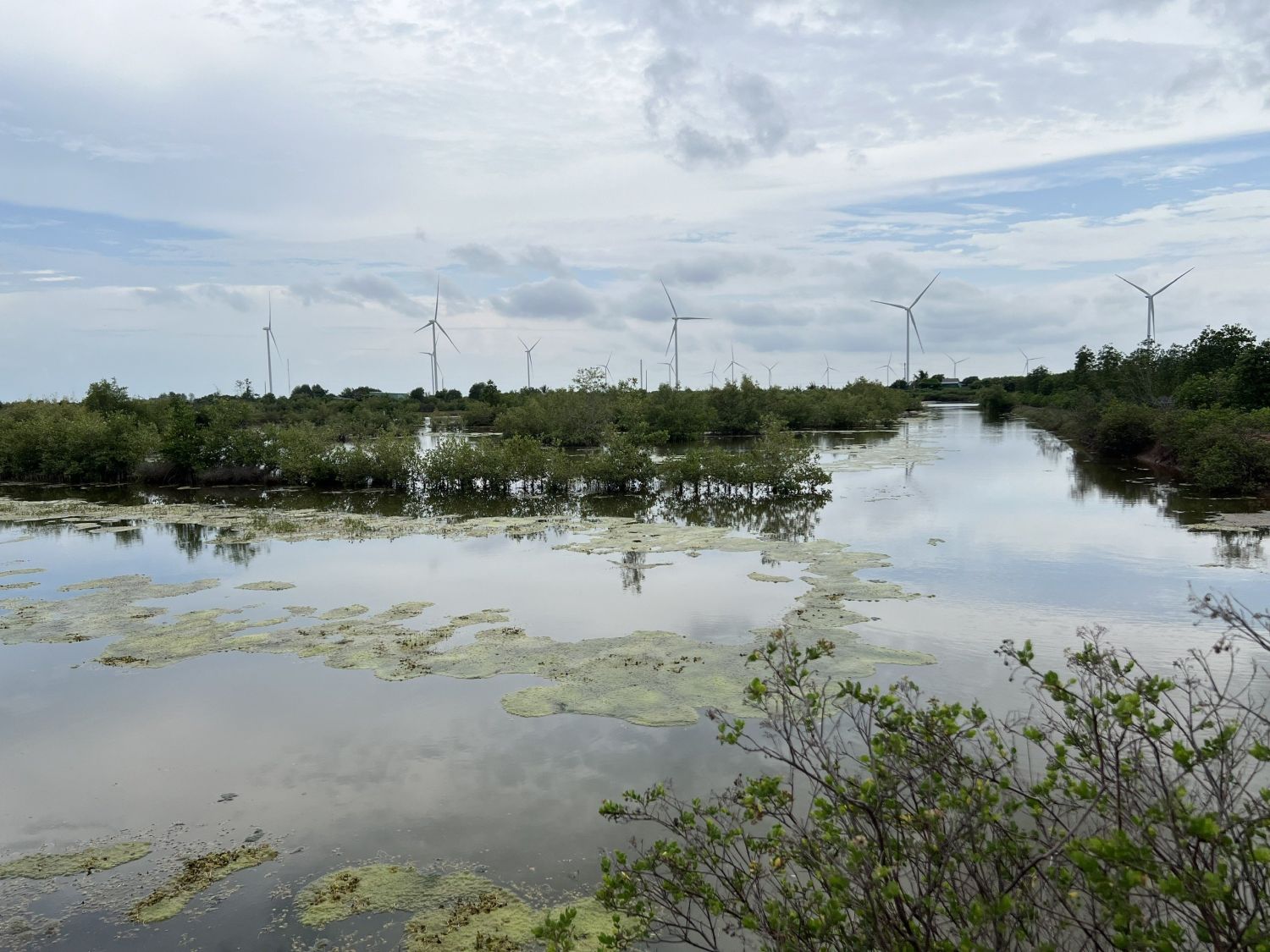
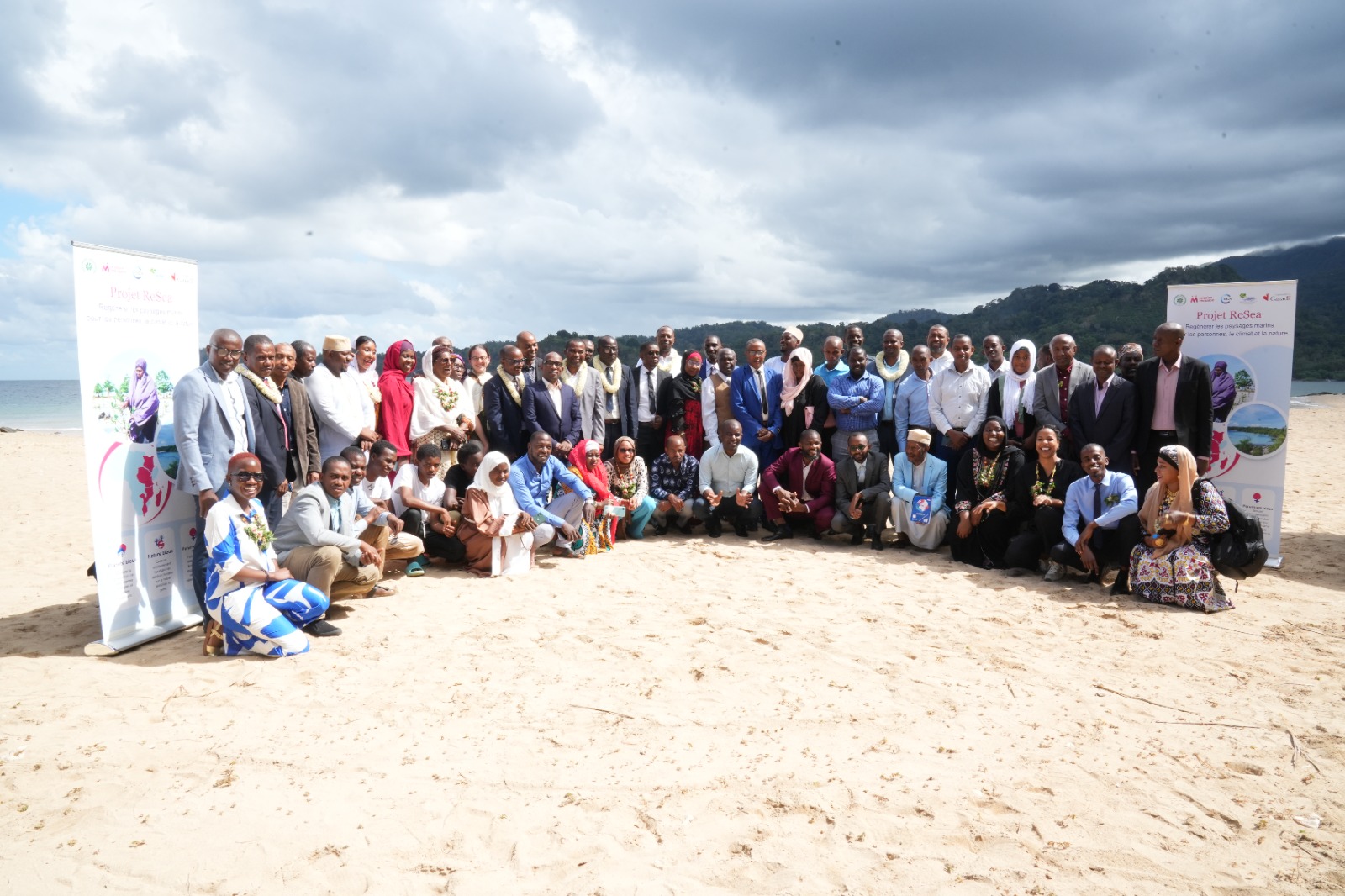

Add new comment